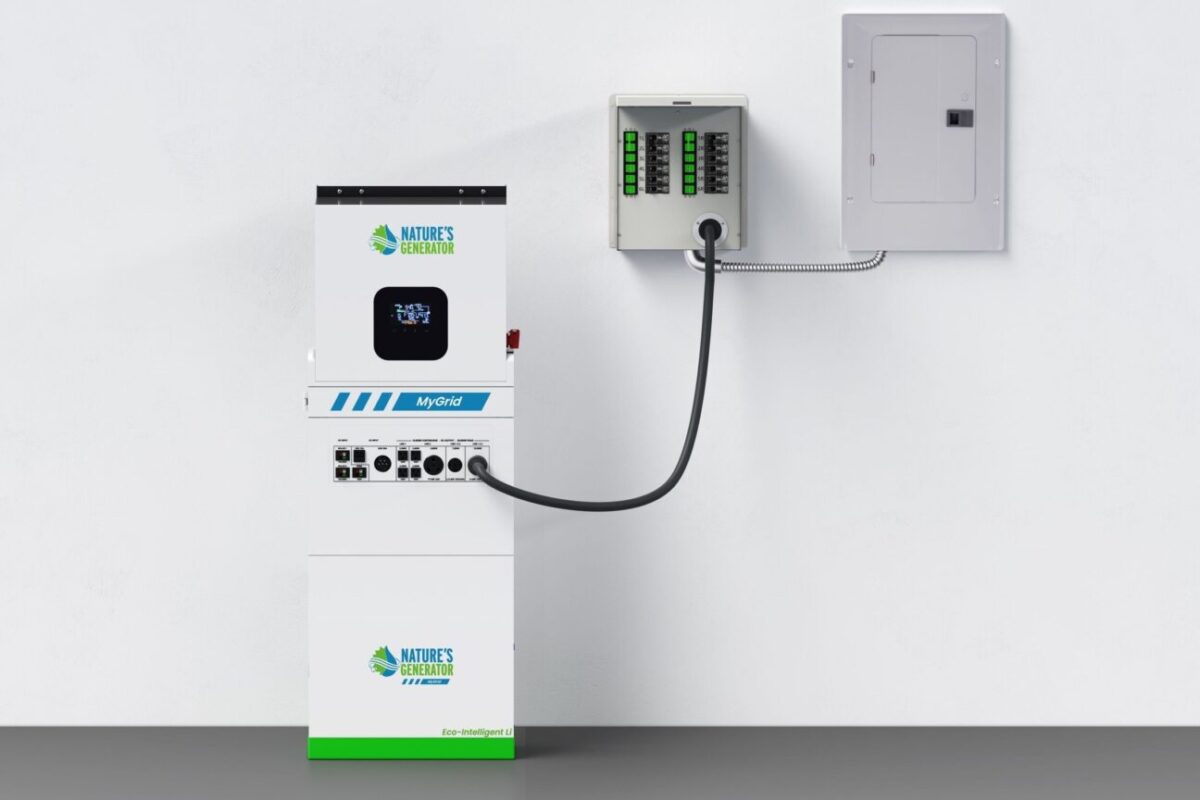A biodiversity survey has recorded an increase in plant and bird species during the first operational year of a solar installation that was specifically designed to be nature-friendly.
SolServices Ltd. operates the 138 MW Lumen Park Szolnok in central Hungary. The project was built in accordance with guidelines for the development of ecologically conscious solar arrays, as outlined in a 2023 white paper by SolServices.
Ecological experts assessed the area's wildlife before construction. The monitoring results from the first year of the three-year study period, released by SolServices and shared with pv magazine, show an increase in species diversity, with positive changes observed in the number of nesting and area-using species.
The site of the solar park, which was previously used for large-scale agriculture, now provides a near-natural habitat. The survey noted the appearance of rare plants in the area, including Sea Arrowgrass and Saltmarsh Buttercup.
SolServices sowed a special seed mix in 2023 to combat agricultural weeds and invasive plant species. It said this could promote further natural habitat formation, increase species richness, and naturally suppress invasive species.
Bird diversity has increased since the construction of the solar array, with the site now functioning as a feeding ground. A total of 23 bird species and 697 individuals were observed in 2023. Some species, such as the Eurasian Skylark and Corn Bunting, were noted to be nesting in fewer numbers, but others, including the Common Pheasant and Crested Lark, have started nesting in the area since the project’s completion.
The survey also indicates that the solar park has not affected the nesting behavior of the Eastern Imperial Eagle and Saker Falcon. However, it has led to a significant increase in the presence of the Common Buzzard and Kestrel. New bird species such as the Bluethroat, Lesser Grey Shrike, Tree Pipit, and Common Linnet have also started appearing in the area.
Studies of insect communities across the site suggest that the solar park has not significantly altered the area’s insect fauna composition. However, observers have concluded that the total number of insects has increased since the project was built.
A SolServices spokesperson told pv magazine that annual monitoring will guide future maintenance efforts, including the replacement of damaged birdhouses, and will ensure consideration of newly appearing species. The next phase of the study will include installing educational boards and coordinating site visits for children and professionals.
“We will continuously communicate our annual results and at the end of the planned ecological survey, we are planning to summarize the results in professional papers too,” the spokesperson said.
This content is protected by copyright and may not be reused. If you want to cooperate with us and would like to reuse some of our content, please contact: editors@pv-magazine.com.




By submitting this form you agree to pv magazine using your data for the purposes of publishing your comment.
Your personal data will only be disclosed or otherwise transmitted to third parties for the purposes of spam filtering or if this is necessary for technical maintenance of the website. Any other transfer to third parties will not take place unless this is justified on the basis of applicable data protection regulations or if pv magazine is legally obliged to do so.
You may revoke this consent at any time with effect for the future, in which case your personal data will be deleted immediately. Otherwise, your data will be deleted if pv magazine has processed your request or the purpose of data storage is fulfilled.
Further information on data privacy can be found in our Data Protection Policy.